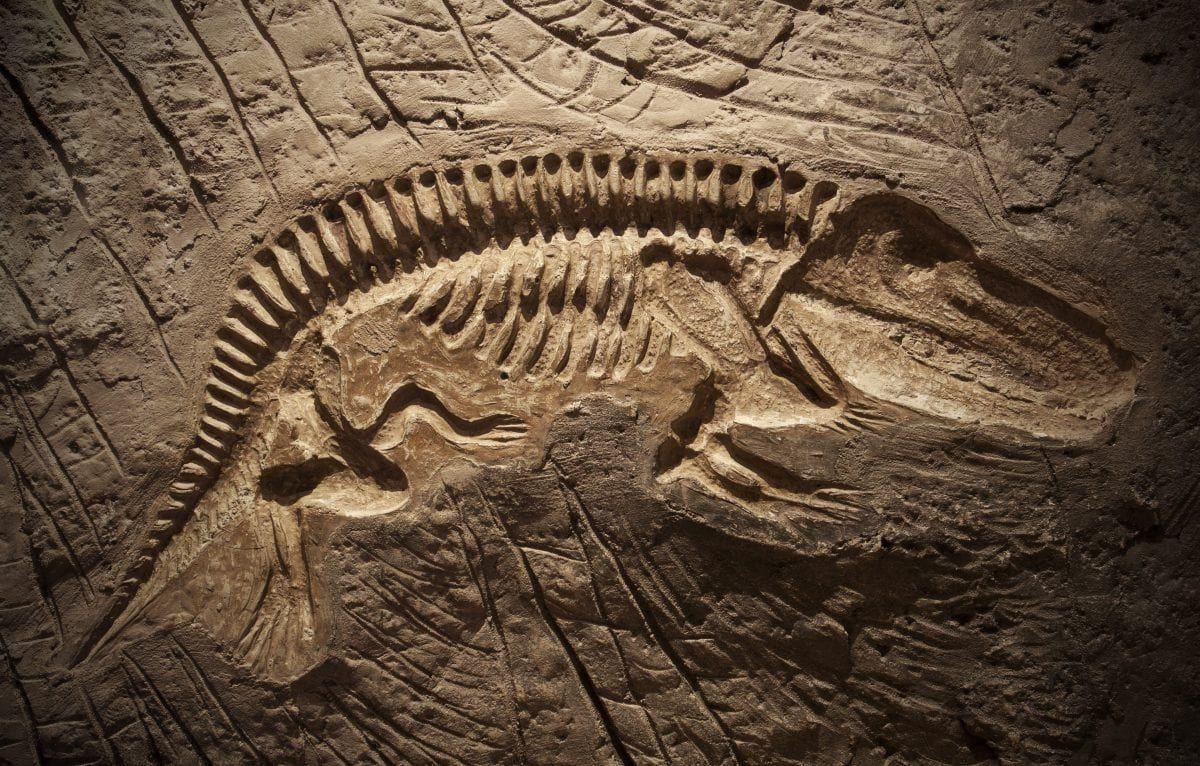This book was written by grade 8 students at the American International School of Mozambique as they were spread around the globe from our shared home in southern Africa during the Covid-19 pandemic. Due to the pandemic we learned together, in our separate homes, oceans apart. It is exciting to see the ideas of a community brought back together in curiosity and wonder.
All of the topics were selected by the students. This writing was created through an outpouring of intellectual energy and ideas. It was written by an amazing group of students, from diverse backgrounds and different levels of understanding about evolution. It is a snapshot of young writers making sense of new ideas by reading, writing and sharing their understanding. Researched and written in 3 weeks, this book represents what can happen when students are empowered to share their voices and take ownership of their learning.






































